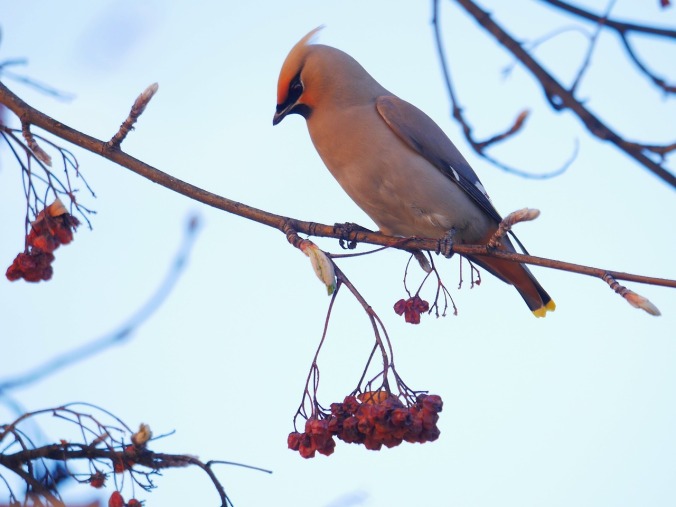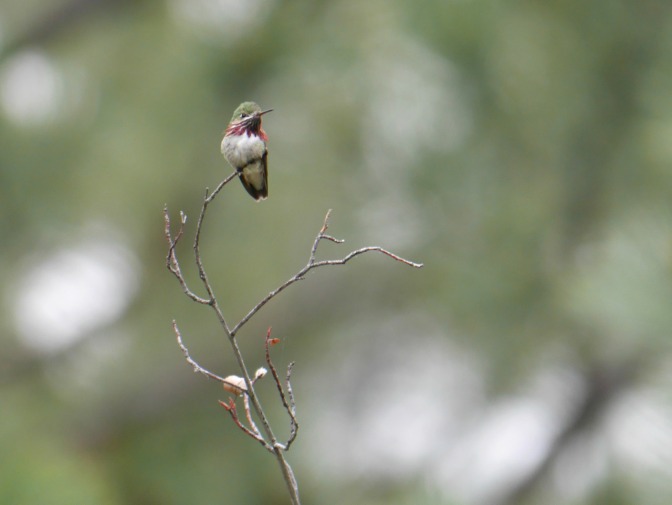
Rufous Hummingbird (Selasphorus rufus) Trochilidae, male
Missoula, MT
May 31, 2017
Robert Niese
I spent a whole weekend trying to photograph Calliopes visiting this feeder, but they refused to participate. The RUHUs on the other hand, tolerated my presence much more and were happy to pose for me. This male was so aggressive he nearly chased me away from his feeder! How does such a tiny animal possess so much spunk?!










